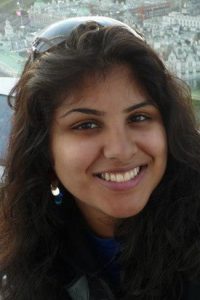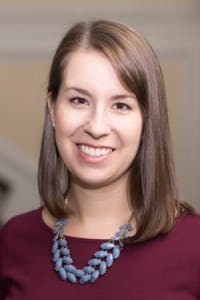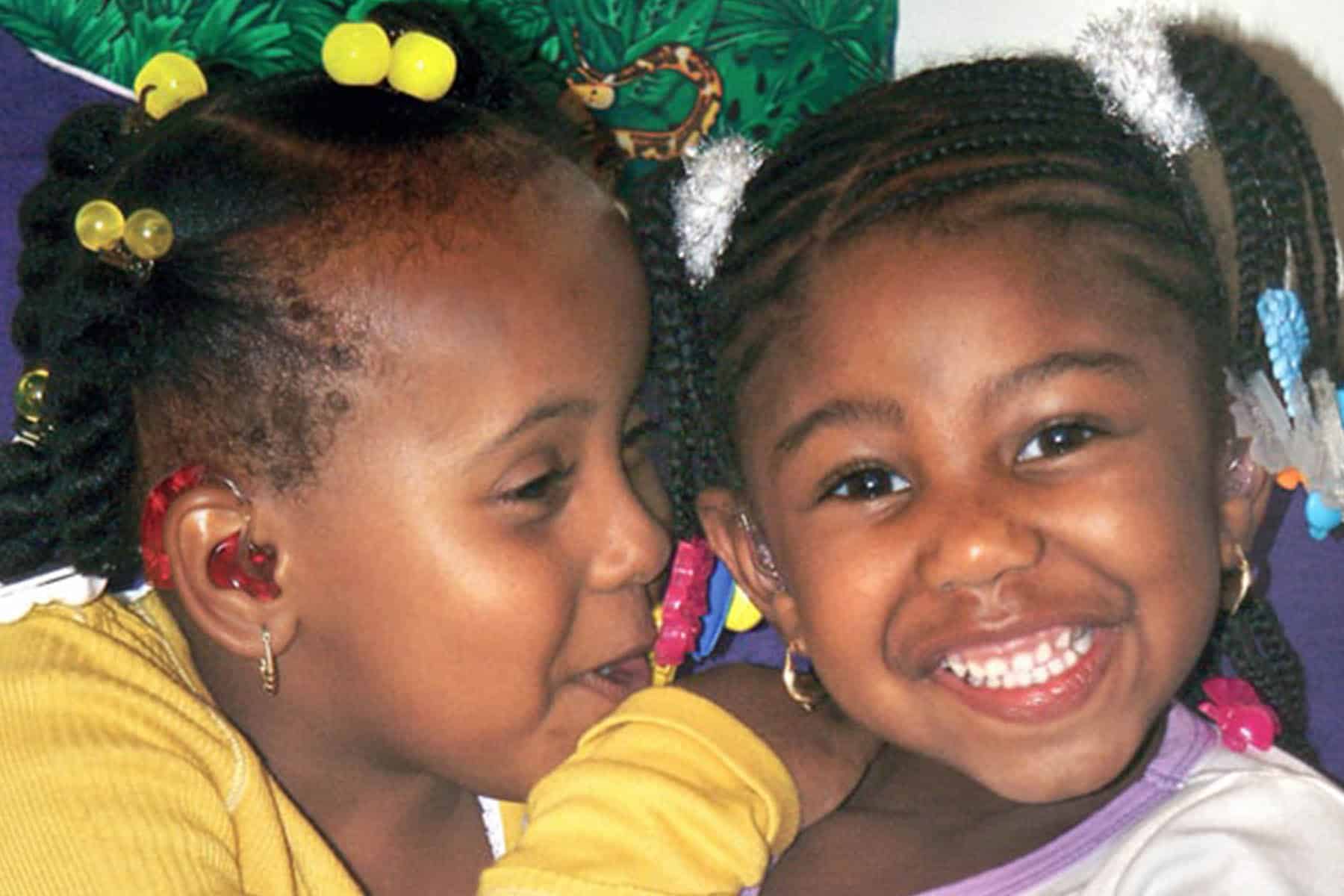We have all heard that children develop language through frequent, meaningful language input from their parents and caregivers. But exactly what kind of language input has the most impact for children with hearing loss who are learning to listen and talk? As part of the deaf education research team at Teachers College, Columbia University, we have been exploring answers to this complex question for several years. We are incredibly grateful for the listening and spoken language programs around the country—including CID!—who have introduced us to the wonderful children and families in our study.
Using the innovative Language ENvironment Analysis (LENA) system, we have been able to capture and analyze the everyday auditory environments experienced by three- to five-year-olds who are deaf and hard of hearing. LENA digital language processors, which are worn in a special vest pocket, record and analyze up to 16 continuous hours of spoken language over one day. LENA Pro software then estimates the number of adult words to which each child was exposed, the number of conversational turns in which he or she participated and the number of vocalizations produced by the child each day. In our first study, we looked at this quantity of language input to see how the number of adult words and conversational turns related to children’s development of vocabulary and basic-concepts skills.
We then had the opportunity to delve more deeply into our recorded data to investigate not just the quantity, but also the quality or complexity of the language input provided by parents and caregivers. For this study, we recorded two full days—one weekday and one weekend day—for 26 three-to-five-year-olds with hearing loss and extracted 30 minutes of a mealtime from each recording. Using a coding scheme adapted from Huttenlocher et al. (2010), we hand-coded transcripts of each mealtime to investigate the complexity of language used by the children and the adults around them. We coded for lexical diversity (the number of unique words used by children and their caregivers), clausal complexity (the ways clauses were combined, such as using a clause as a direct object or joining clauses with and) and syntactic complexity (the number of prepositions, adjectives and other parts of speech that were used).
We found that these three elements of complexity (lexicon, syntax and clauses) were related for both adults and children. Speakers who used many unique words also tended to use more complex syntax and to combine clauses in complex ways. We also found that the quantity of adult language was related to the quantity of child language. As adults engaged in more conversational interactions with their children, the children appeared to vocalize more themselves. Finally, we found that the children with hearing loss in our study used consistently complex language across their weekday and weekend recordings, but the input from the adults around them was not consistent. Adults tended to use more complex language around the children on weekdays (school days!) than on weekend days. We think this points to the continued need to coach and support families in providing linguistically rich environments at home.
The results of our study highlight the importance of improving both the quantity (i.e., talking more) and the quality (i.e., using more complex structures) of language input for children with hearing loss who use listening and spoken language. Thanks to our partner schools, we are continuing to follow up with many of the children in our original study to look at the long-term effects of different types of language input. We hope to learn what specific features (like the quantity of words, number of conversational turns or types of clauses) of the language environment experienced by a young child with hearing loss predict his or her language development one, two or even three years later. Stay tuned!
References
Gilkerson, J., & Anderson, J. (2008). The LENA Natural Language Study. LENA Technical Report: LTR-02 2.
Huttenlocher, J., Waterfall, H., Vasilyeva, M., Vevea, J, & Hedges, L. (2010). Sources of variability in children’s language growth. Cognitive Psychology, 61, 343-365.

Sonia Arora recently graduated with her Ph.D. from Teachers College, Columbia University. During her doctoral experience, she was an an adjunct instructor at Teachers College. Before pursuing her doctorate, Sonia was an itinerant teacher of the d/Deaf and Hard of Hearing in Lawrence, Kansas. Her education includes a BGS in Speech, Language and Hearing from the University of Kansas and a MS in Education of the d/Deaf and Hard of Hearing from Missouri State University.

Elaine Smolen is a PhD student and National Leadership Consortium in Sensory Disabilities scholar at Teachers College, Columbia University. She has over eight years’ experience helping children with hearing loss learn to listen and talk, both as a head teacher at Clarke/New York and in an itinerant role. Elaine now mentors preservice teachers and aspiring LSLS. She is an adjunct faculty member at Teachers College, Columbia University, and The College of New Jersey.












